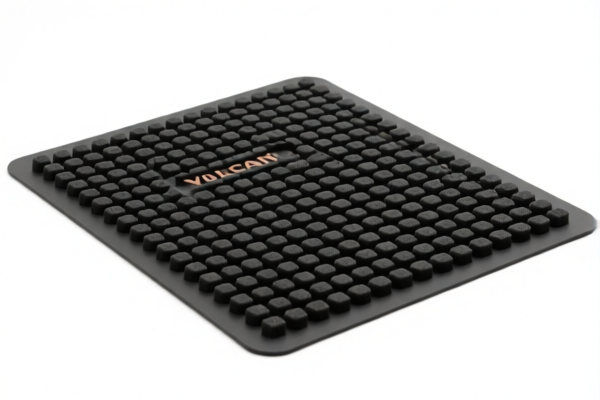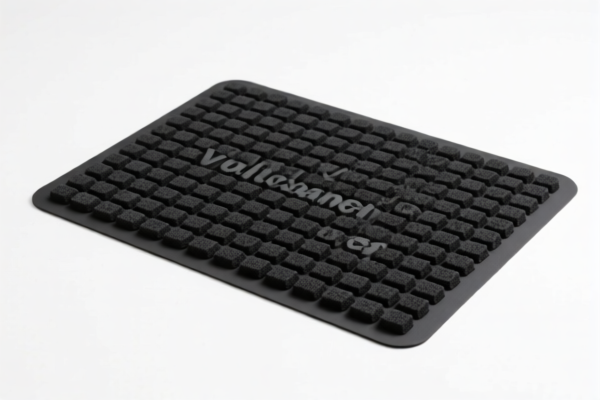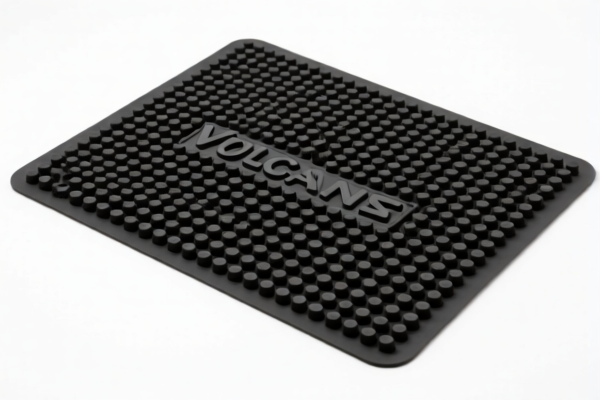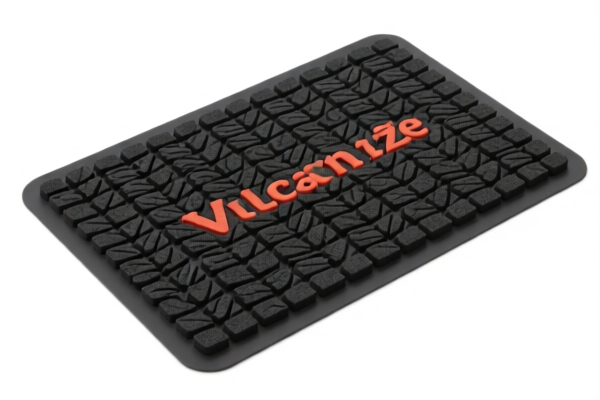| HS Code | Official Doc | Tariff Rate | Origin | Destination | Effective Date |
|---|---|---|---|---|---|
| 3924104000 | Doc | 33.4% | CN | US | 2025-05-12 |
| 3924905650 | Doc | 40.9% | CN | US | 2025-05-12 |
| 3926904800 | Doc | 33.4% | CN | US | 2025-05-12 |
| 6307101020 | Doc | 41.6% | CN | US | 2025-05-12 |
| 6307101090 | Doc | 41.6% | CN | US | 2025-05-12 |
| 6304996040 | Doc | 33.2% | CN | US | 2025-05-12 |
| 6304920000 | Doc | 36.3% | CN | US | 2025-05-12 |
| 8304000000 | Doc | 33.9% | CN | US | 2025-05-12 |
| 9619009000 | Doc | 44.5% | CN | US | 2025-05-12 |




Cleaning Pad
A cleaning pad, often referred to as an anti-dirt pad, is a disposable or reusable absorbent material used for cleaning surfaces and containing spills. They are designed to trap dirt, dust, liquids, and debris, simplifying the cleaning process and protecting underlying surfaces.
Material
Cleaning pads are manufactured from a variety of materials, each offering specific properties:
- Non-woven Fabrics: Primarily polypropylene or polyester, these are common for general-purpose cleaning due to their affordability and absorbency. They are often used in disposable pads.
- Microfiber: Known for its superior cleaning ability, microfiber pads effectively lift and trap dirt without the need for harsh chemicals. Reusable options are frequently made of microfiber.
- Sponges: Cellulose or synthetic sponges provide good absorbency and scrubbing power.
- Cotton: Traditional cotton pads are suitable for delicate surfaces and polishing.
- Rayon: Offers high absorbency and is often blended with other materials.
- Absorbent Polymers (SAP): Incorporated into some pads to enhance liquid retention, particularly for larger spills.
Purpose
The primary purpose of a cleaning pad is to facilitate cleaning by:
- Absorbing Liquids: Quickly soak up spills, preventing spreading and potential damage.
- Dust and Debris Removal: Trap dust, dirt, and particles during wiping and sweeping.
- Surface Protection: Act as a barrier between cleaning agents and the surface being cleaned.
- Application of Cleaning Solutions: Some pads are designed for applying disinfectants, polishes, or other cleaning products.
Function
Cleaning pads function through a combination of physical and chemical properties:
- Capillary Action: The material draws liquids into its structure.
- Surface Area: A large surface area increases the pad’s capacity to absorb and trap contaminants.
- Fiber Structure: The texture and density of the fibers influence the pad’s scrubbing ability and dirt-holding capacity.
- Static Charge: Some pads generate a static charge to attract dust and fine particles.
Usage Scenarios
Cleaning pads are employed in diverse settings:
- Household Cleaning: Kitchens, bathrooms, floors, furniture.
- Commercial Cleaning: Offices, schools, hospitals, retail spaces.
- Industrial Cleaning: Manufacturing facilities, workshops, construction sites.
- Automotive Detailing: Cleaning vehicle interiors and exteriors.
- Spill Control: Responding to accidental spills of liquids or granular materials.
- Healthcare: Disinfecting surfaces and containing bodily fluids.
Common Types
- Disposable Cleaning Pads: Single-use pads for convenience and hygiene. Often used with mops or for general wiping.
- Reusable Cleaning Pads: Washable and reusable pads, typically made of microfiber or cotton. Eco-friendly and cost-effective.
- Scrub Pads: Designed with abrasive surfaces for removing stubborn stains and grime.
- Dusting Pads: Specifically for attracting and trapping dust particles. Often used with electrostatic dusters.
- Wet Wipes/Pre-Moistened Pads: Pads pre-saturated with cleaning solutions for convenient cleaning.
- Floor Pads: Large, heavy-duty pads used with floor scrubbing machines. Available in various materials and colors based on cleaning application.
- Anti-Fatigue Pads: Primarily used in industrial settings to provide cushioning and reduce strain for workers standing for extended periods. (While sharing the "pad" name, their function differs significantly from cleaning pads).
- Absorbent Spill Pads: Designed for larger spills, often containing absorbent polymers for high liquid retention.
Based on the provided information, the following HS codes may be relevant to “cleaning pad anti dirt pad”:
- 6307101020: Other made up articles, including dress patterns: Floorcloths, dishcloths, dusters and similar cleaning cloths: Dustcloths, mop cloths and polishing cloths, of cotton. This code covers cleaning cloths made of cotton, potentially including those used as cleaning pads.
- 6307101090: Other made up articles, including dress patterns: Floorcloths, dishcloths, dusters and similar cleaning cloths: Dustcloths, mop cloths and polishing cloths, of cotton Other (369). This code also covers cleaning cloths made of cotton, but specifies 'Other' variations.
- 6304996040: Other furnishing articles, excluding those of heading 9404: Other: Not knitted or crocheted, of other textile materials: Other: Other Other: Other (899). This code covers furnishing articles made of other textile materials, which could include cleaning pads if they are considered furnishing articles and not knitted or crocheted.
Explanation of HS Code Structure (based on provided reference):
The HS code is a six-digit code used to classify traded products. Here's a breakdown based on the examples provided:
- First two digits (Chapter): Indicate the broad category of the product. For example, '63' signifies "Textile articles, set made up in the textile industry".
- First four digits (Heading): Further refine the category. For example, '6307' signifies "Other made up articles, including dress patterns".
- First six digits (Subheading): Provide a more specific classification. For example, '630710' signifies "Floorcloths, dishcloths, dusters and similar cleaning cloths".
Important Note:
Regarding HS codes 6307101020 and 6307101090, both relate to cleaning cloths of cotton. The distinction lies in whether the specific variation is further defined as 'Other' (6307101090).
According to the provided reference material, the HS code options related to 'cleaning pad anti dirt pad' are limited, with only the following 3 found.
Customer Reviews
No reviews yet.